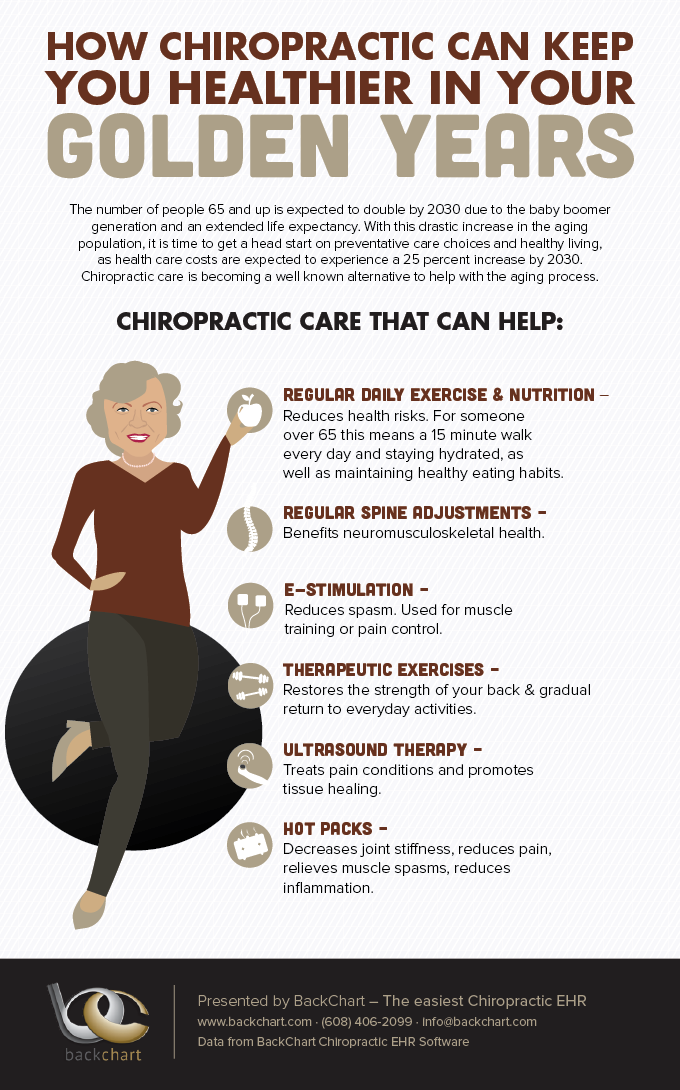The Science Behind Cold Laser Treatment: Understanding Its Mechanisms And Impacts
The Science Behind Cold Laser Treatment: Understanding Its Mechanisms And Impacts
Blog Article
Published By-Bendix Hutchison
You may have heard of cold laser treatment as a promising therapy choice for numerous conditions, yet have you ever wondered how it actually works on a cellular degree? Understanding the systems behind this treatment can clarify its effectiveness in advertising healing and lowering inflammation. By discovering the scientific research behind cold laser treatment, you'll acquire insights right into the remarkable methods which light can affect mobile processes and facilitate tissue fixing.
Just How Cold Laser Therapy Works
To understand just how cold laser treatment works, you need to grasp the fundamental concepts of how light power engages with organic cells. laser treatment for smoking cessation , additionally called low-level laser therapy (LLLT), uses details wavelengths of light to pass through the skin and target underlying tissues. Unlike the extreme lasers utilized in operations, cold lasers give off reduced degrees of light that do not generate heat or trigger damage to the cells.
When these mild light waves get to the cells, they're soaked up by elements called chromophores, such as cytochrome c oxidase in mitochondria. This absorption activates a collection of biological reactions, including increased mobile energy production and the release of nitric oxide, which enhances blood circulation and minimizes swelling.
Additionally, https://www.chiroeco.com/laser-therapy-rotator-cuff-injuries/ can also promote the manufacturing of adenosine triphosphate (ATP), the power money of cells, assisting in mobile fixing and regrowth processes.
In essence, cold laser therapy harnesses the power of light power to advertise healing and minimize pain in a non-invasive and gentle manner.
Devices of Action
How does cold laser treatment really function to generate its therapeutic impacts on organic cells?
Cold laser therapy, likewise referred to as low-level laser treatment (LLLT), runs with a procedure called photobiomodulation. When linked website is related to the skin, the light energy penetrates the tissues and is taken in by chromophores within the cells.
These chromophores, such as cytochrome c oxidase in the mitochondria, are then boosted by the light power, leading to a cascade of organic reactions. One key system of activity is the improvement of cellular metabolism.
The soaked up light power increases ATP production in the mitochondria, which is vital for cellular function and repair work. Furthermore, cold laser therapy assists to decrease inflammation by inhibiting inflammatory mediators and advertising the launch of anti-inflammatory cytokines.
This anti-inflammatory result adds to pain alleviation and cells healing.
Therapeutic Impacts
Understanding the restorative impacts of cold laser therapy includes identifying just how the boosted cellular metabolic process and anti-inflammatory residential properties contribute to its positive outcomes on organic tissues.
When the cold laser is related to the damaged location, it stimulates the mitochondria within the cells, resulting in enhanced production of adenosine triphosphate (ATP), which is important for cellular feature and fixing. This boost in mobile power speeds up the recovery process by promoting tissue regrowth and reducing swelling.
In addition, the anti-inflammatory properties of cold laser therapy aid to lower pain and swelling in the targeted location. By hindering inflammatory mediators and promoting the release of anti-inflammatory cytokines, cold laser treatment aids in minimizing discomfort and enhancing the general healing feedback.
This decrease in inflammation not just offers immediate alleviation but additionally sustains long-lasting cells repair service.
Final thought
Finally, cold laser treatment functions by stimulating cellular repair and tissue regrowth via photobiomodulation. Its anti-inflammatory properties give pain relief and minimize swelling by preventing inflammatory moderators.
This treatment provides an extensive approach to recovery, providing both prompt alleviation and long-term tissue repair work advantages.
With its systems of action, cold laser therapy proves to be an efficient and promising therapy choice for a selection of problems.
